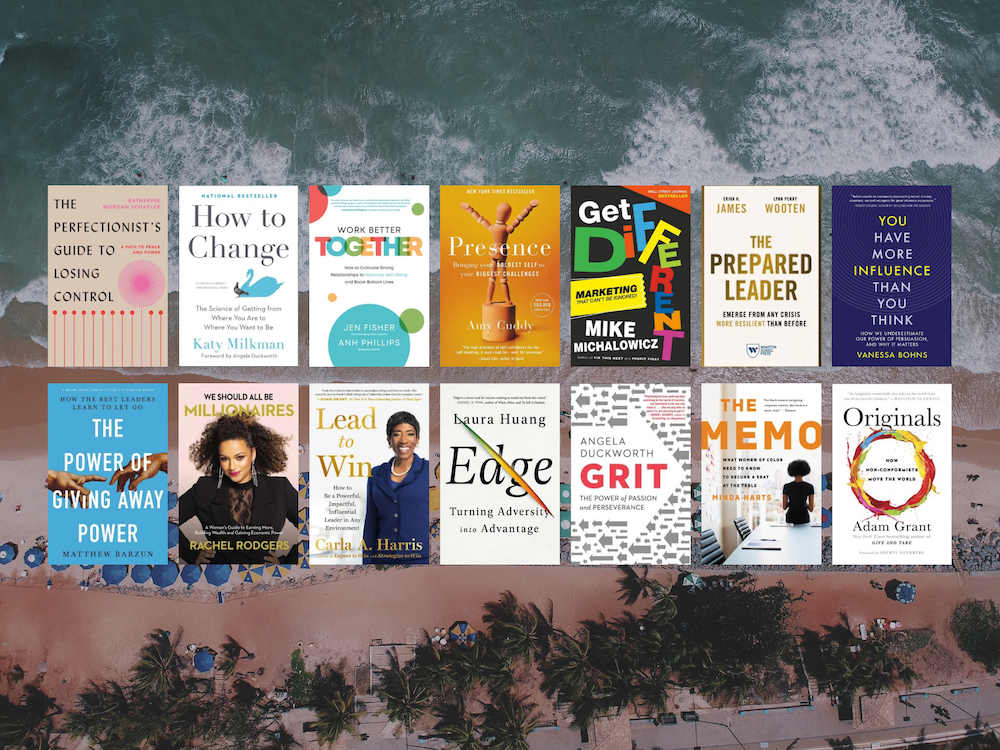What do full-time MBA rankings tell us?

This weekend, we saw the release of the Financial Times Full-Time Global MBA Rankings for 2019. MBAchic immediately posted the link on our social channels, but then took some time to dig in. Probably spent a bit too much time reading editors’ notes, digging into the full-time MBA rankings (and past rankings), and thinking about what full-time MBA rankings tell us, but here we are.
What happened in 2019?
When you first scan the list, you might recognize that the top 10 schools in the full-time MBA rankings are the same as they were last year, just in a different order. No major changes; congrats again to Stanford on taking the top spot! Harvard immediately followed, jumping 3 spots from #5 last year (moving past Wharton which slipped down one spot to #4). Columbia moved from #7 to #9 and MIT Sloan leapfrogged them from #9 to #8. In the rest of the world, China Europe International Business School (CEIBS) shot up from #8 to #5. The bottom line here is that the top ten club members get to keep their jackets from last year, even if they did play a game of musical chairs.
If you’re not interested in stats and changes, skip to “Why do we read the rankings?”
Digging into the rankings
One thing I’m most interested in is how things change over time. Beyond the top ten there were a lot of swings, and that’s where I think the cool stories are. For example, as the UK faces uncertainty around Brexit, there seemed to be a mix of climbs and drops across the country – on average, it’s probably a better story than some would expect. Oxford Saïd climbed 14 spots to #13, which is a massive jump… perhaps people were taking advantage of the weaker pound to get their world-class education? It ranked #5 for value for money this year.

In Asia we saw the biggest jump in the entire ranking, when IIM Calcutta climbed 29 spots to #49 and took home the top spot in percent of international faculty. Indian School of Business moved up four spots to crack the Top 25 (#24) and ranked #6 for percentage of women on their board. Schools in Hong Kong slipped a few spots but remained strong, and Fudan University School of Management moved up by 8 to #34 (and ranked #3 for career progression). We’ve already mentioned the impressive climb by CEIBS, but it bears repeating as they secured the top spot any Chinese school has ever held.
In Europe, oui saw every French school either stay the same or rise up in the rankings (EMLyon Business School jumped up 19 spots to #80 and the #19 ranking for career progression). The Lisbon MBA, which partners with MIT Sloan, slipped by 6 spots to #86 but was ranked #1 for international experience. That’ll be an interesting school to watch in the next few years, as well as any influence it may have on other schools.
Although there was a lot of change in the global rankings, some schools stayed completely still: Stanford at #1, Berkeley Haas at #10, Duke Fuqua at #19, Boston College Carroll at #67 and Rochester Simon at #83. Interesting that it was all US schools who weathered the swings and did not move at all, and cool to see BC Carroll ranking 9th in the world for percentage of women on their board.
It’s also exciting to see some re-entries and first-timers on the rankings. For us in NYC, it’s cool to see Fordham’s Gabelli School debut at #95 while also ranking #8 in corporate social responsibility. George Washington University returned to the rankings (#90) after not being included last year, while claiming #7 for percentage of international members on their board.
And finally when you look the rest of the American schools, there are some jumps (Vanderbilt Owen climbed 21 spots to #52) and some drops. Babson Olin School jumped 15 spots to #66 and snagged the #2 spot for career progression, and Notre Dame Mendoza and Florida Warrington school both jumped 19 spots (#58 and #39, respectively), with UF Warrington ranking #1 in value for money this year. UVA Darden climbed 9 spots to #23 and claimed #1 in corporate social responsbility.
These full-time MBA rankings do take a minute to comb through but I recommend downloading into Excel and doing your own analysis.
Why do we read the rankings?
We know who the top schools are; the M7 (‘magnificent 7’) is not likely to change anytime soon. The top schools are where we all aspire to go… they’re the schools that sound great at interviews and impress us at parties. They’re the ones that could get us paid on reputation alone.
Beyond that “top school” status, what do we find most impressive about rankings each year? Might it be when a school boasts the highest post-MBA salary bump (look at Fudan University School of Management for a 195% increase and MSU Broad and UF Warrington in the US, to get a bump just over 150%)? Or perhaps when a class leaps closer to gender parity and provides an educational experience that more accurately reflects our changing workplace (check out Fudan, Essec Business School, University of Edinburgh Business School, USC Marshall and Shanghai Jiao Tong: Antai for gender parity, as they’ve all got majority female classes)? It depends on what you’re looking for in your program; the big moves are really interesting and help us understand who is staying nimble and innovating in a constantly changing economy.
More rankings to consider
FT’s full-time MBA rankings provide a comprehensive view of full-time programs. Here a few more rankings we’d suggest to help inform your decision, and open you up to some of other options that are available:
- FT: 2018 Executive MBA rankings and analysis
- FT: 2018 Top MBA programs for women (a cool ranking from last year)
- US News: 2018 Best part-time MBA programs
- US News: 2019 Best online MBA programs
- Bloomberg Businessweek: 2018 Best b-schools (a cool, graphical representation of five areas of importance; they revamped their rankings and aren’t showing previous years but scroll to the bottom to get a double-click on industry)
Get the full picture
In addition to rankings, it’s important to speak to people who were once in your shoes. We have a number of reader questionnaires that we are converting into profiles, to help you get a real, honest sense of what it’s like to be a student at these schools.
Stay tuned for those and thank you to our contributors! Contact us if you’d be willing to share your experiences (can be anonymous).
We mentioned in a previous post that there might be other programs to consider in addition to MBAs and we want to help you make that decision, especially as things continue to change. We will keep learning and bring you the full picture to keep this discussion going.
How did your school (or target schools) do in this year’s full-time MBA rankings? Are you thinking of programs outside of the full-time, two-year MBA?
Would love to hear from you! Comment below or slide into our IG DMs. Make sure you’re subscribed to our emails to get the latest from MBAchic!







